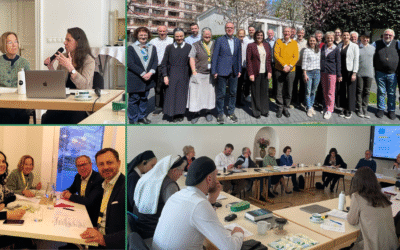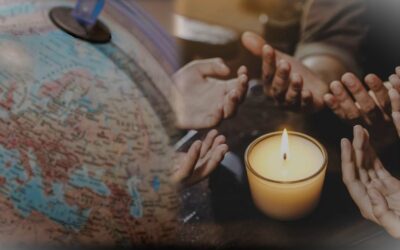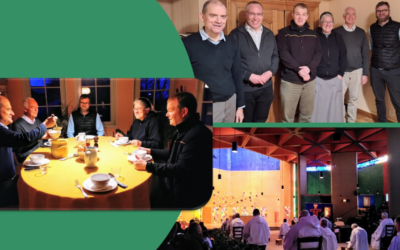The following text has been published to facilitate those who for “Together for Europe Day”, to be held on 9th May, are considering leading a Round Table discussion aimed at opening up dialogue in “diversity”. Examples might include dialogues between East and West, North and South, or dialogues between members of different Churches, or between believers and non-believers, indigenous and refugees etc…
Europe’s diversified composition
To frame the European situation well, it is useful to bear in mind its geopolitical and cultural reality.
Western Europe is mainly a socio-political concept and it specifically identifies the European countries of the “first world”, the result of a multi-century political, economic, and cultural path, different from the Eastern European one. Today, the term Western Europe is also commonly associated with liberal democracy, capitalism, and even with the European Union, despite the latter’s inclusion of Eastern European countries. Most of the countries in the Eastern regions share the very Western culture that seems to be undergoing a crisis today. And there are differences and tensions within the West as well, for example between the North and the South. Or, let us think of the Church of England, which after Brexit will surely not want to leave Europe but intensify its relations with it.
Eastern Europe is rather a geographical concept, an area articulated by different traditions and problems within its borders. Culturally, it can be largely distinguished between Central Europe, the Balkans, and the former Soviet Union countries, and religiously speaking, between the Catholic-Protestant and Orthodox spheres, with consequences on thoughts and actions of its peoples. The common denominator are the post-communist conditions characterized by the social and political troubles of a difficult path to democratization. With the extension of the EU to some Eastern countries, new member States are rapidly adapting to the Western economic and legal system, while cultural approaches are much slower.
Building a culture of encounter before anything else
To achieve a fruitful dialogue between East and West, it is necessary to proceed in degrees and not face problems head-on. According to the Together for Europe journey, condensed in 18 years of experience, and densely expressed in the great event in Munich in 2016, it is necessary to shy away from an attitude of criticism and defense, and promote a culture of encounter, mutual acquaintance, and reconciliation.
Over the last few centuries, the East has looked at the West as a cultural and political model and has developed an understanding of what happens in Western countries, while Eastern Europeans often are painfully faced with the Westerners’ lack of knowledge, and the subsequent misunderstandings. Without Westerners acknowledging the values of the East, there can be no equality or reciprocity. So, we need humility, trust, knowledge, and mutual acceptance.
Consequently, I think that, as a first step, we should promote a culture of encounter, create a platform, a “home” where dialogue is possible. At this stage we could also reflect on our cultural traditions and different reasonings, to prepare for constructive dialogue.
Extract from a talk by Pál Tóth “Culture of encounter and the dialogue between Eastern and Western Europe”, Meeting of ‘Friends’ of Together for Europe – Vienna, 10th November 2017





0 Comments